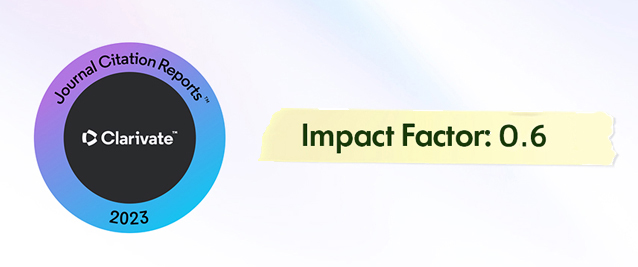Abstract
Polymer concrete offers several advantages compared to conventional concrete, including increased strength, reduced water absorption, enhanced abrasion and chemical resistance, and lower labor costs. However, the production cost of polymer concrete is higher, and compliance with international standards is essential. Hence, determining the right component ratios becomes a crucial task. To address this issue, a study was conducted to investigate the influence of resin, calcite, and sand ratios on the mechanical properties of polymer concrete. The researchers employed the response surface method (RSM) and utilized the genetic algorithm (GA) to find the optimal mixing ratios. For the study, 15 different mixtures were prepared using the Box-Behnken (BB) design for the three components. Experimental tests were carried out to determine the densities, flexural and compressive strengths of these mixtures. The researchers then employed the least squares method to obtain linear and quadratic polynomial models. The accuracy of these models was assessed through ANOVA analyses. It was found that the quadratic model better aligned with the experimental results. Additionally, the study revealed that the mechanical properties were significantly influenced by the resin, with the combined effects of resin and calcite playing a significant role. Finally, the GA was applied to calculate the optimal mix proportions for achieving the best balance between price and performance, as well as for creating lightweight and durable products. According to the optimal mixture results, compressive strength improvement up to 13.8% and tensile strength improvement up to 13.4% were achieved. In conclusion, this study makes valuable contributions to enhancing cost-effectiveness and performance in the production of polymer concrete.
















